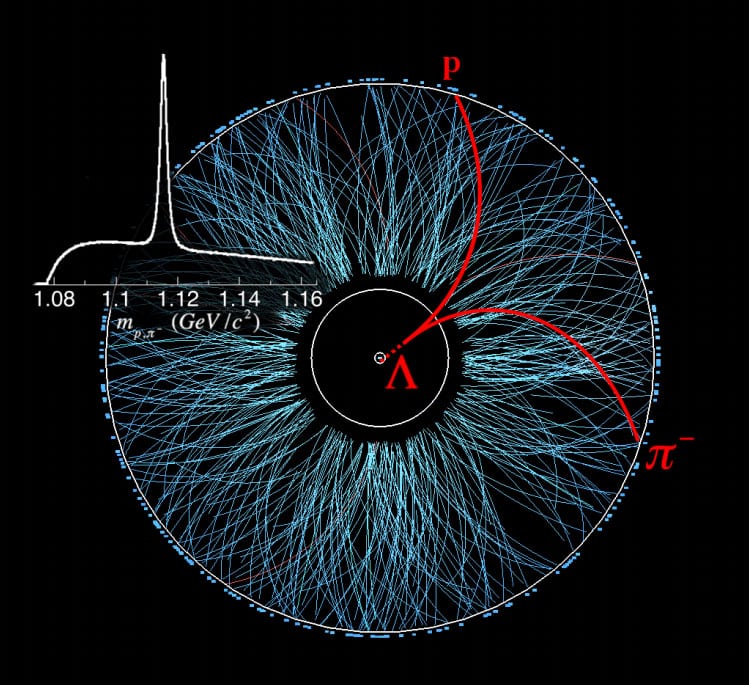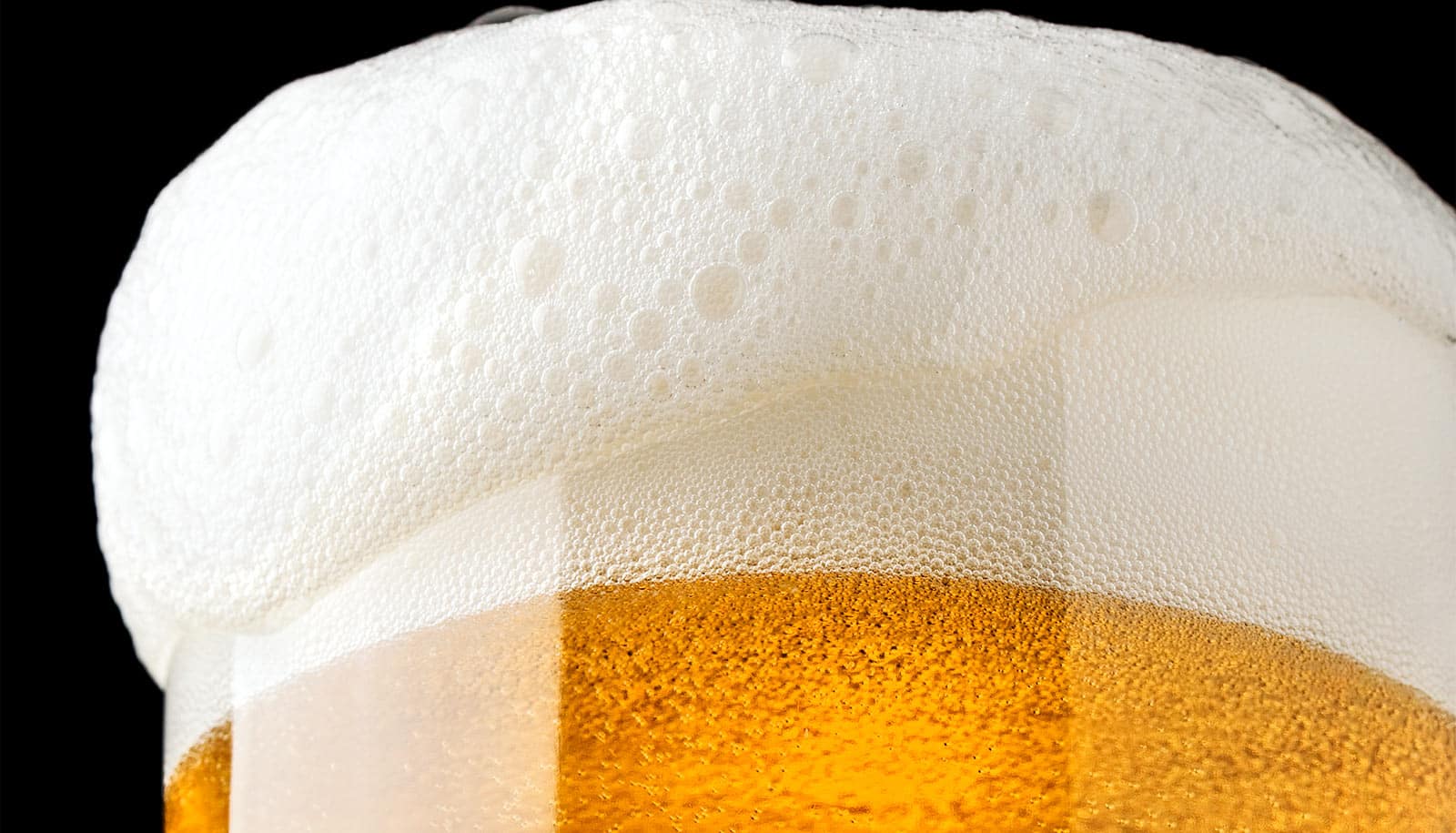The spin of the strongest tornado is a pale shadow of the vortex at the heart of matter colliding into a nearly perfect fluid, according to researchers.
Collisions between gold ions produce a quark-gluon plasma (QGP) that swirls faster than any other fluid ever observed, report researchers that operate the STAR detector, part of the Relativistic Heavy Ion Collider (RHIC) at Brookhaven National Laboratory.
The plasma of the combined quarks and gluons is hundreds of thousands of times hotter than the center of the sun.
The phenomenon lasts only a fraction of a millionth of a second, but while it does, particles in the frictionless fluid described by physicists as “nearly perfect” spin 10 billion trillion times faster than the most powerful tornado, according to Brookhaven researchers.
The low viscosity in the QGP allowed the vorticity to persist. “Viscosity destroys whirls,” says Michael Lisa, a member of the STAR collaboration from Ohio State University. “With QGP, if you set it spinning, it tends to keep on spinning.”
The plasma of the combined quarks and gluons is hundreds of thousands of times hotter than the center of the sun, the researchers report in Nature.

“We’re usually interested in having these heavy ions collide as head-on as possible, but we’ve come to realize that if we look at the off-center incursions, there are a lot of interesting things happening,” said Frank Geurts, an associate professor of physics and astronomy at Rice and deputy spokesperson of the STAR collaboration.
Because collisions between the heavy ions that travel at nearly the speed of light are off-center, the nucleons on the extremities continue on almost as if nothing had happened. But those closer to the impact may create a QGP that will take on a substantial angular momentum, Geurts says.
Particles that form as the plasma cools are expected to spin in a manner that is, on average, aligned with this angular momentum.
Collisions create world’s tiniest droplets
Rice University scientists and their students designed, led construction of, and continue to operate and calibrate the time-of-flight detector that is part of STAR (short for Solenoidal Tracker at RHIC). This detector plays an important role in this discovery, as it helps identify particles flying away from the collision.
“The STAR experiment is built around a big gas detector, called the Time Projection Chamber, which helps track the particles that emerge from the whirling plasma,” Geurts says. “Together with the time-of-flight detector, particles can be accurately identified.”
Lambda particles are of particular interest. These particles align their spin with the QGP’s global spin. As lambdas decay, they pass that information along to their daughter particles, including protons.
“Measuring the protons’ emission angles tells us that, indeed, with respect to the event plane in which heavy ions collide, on average all lambda spins seem to be aligned,” Geurts says. “That agrees with a picture in which the original lambda particles have been emitted from a whirling system.”
The lab’s work is far from done, as it hopes future experiments will better measure the plasma’s vorticity, as well as measure the massive magnetic field created by these collisions, which they estimate may be the largest ever seen.
“There’s a lot that needs to be done, because we think this is an opening to looking at fundamental symmetries in nature,” Geurts says. “Our group feels its responsibility to make sure the detector is able to deliver exciting physics. And we see here again a very exciting result.”
Source: Rice University



